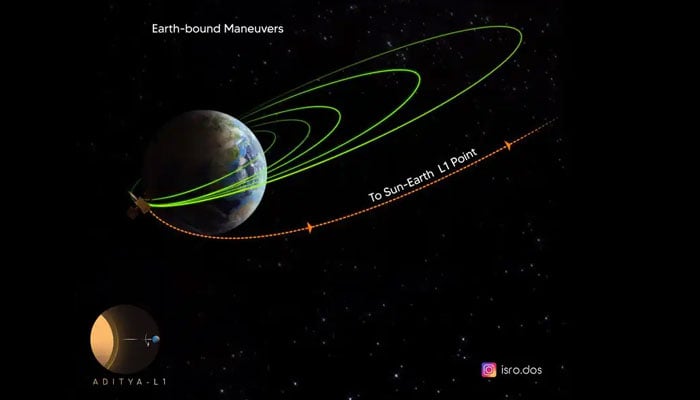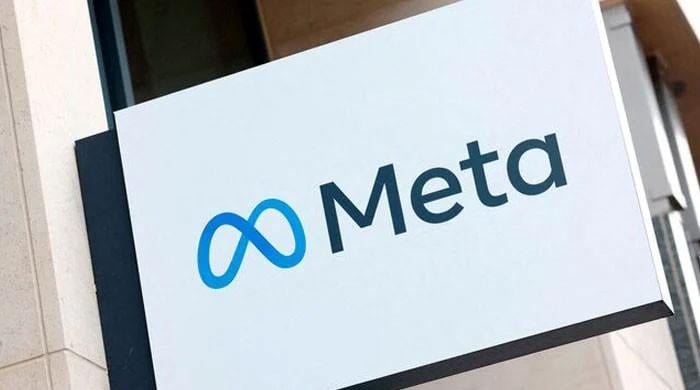Aditya-L1 captures 'first light of sun' as ISRO hits milestone in solar observation
The spectrometer, commissioned on October 27, 2023, recorded the impulsive phase of solar flares
November 10, 2023

The High Energy L1 Orbiting X-ray Spectrometer (HEL1OS), part of ISRO's Aditya L-1 mission, has successfully captured the initial phase of solar flares, marking a significant milestone in solar observation.
The spectrometer, commissioned on October 27, 2023, recorded the impulsive phase of solar flares during its first observation period starting from October 29.
Solar flares, sudden brightenings of the solar atmosphere, emit enhanced radiation across various wavelengths. While X-rays and gamma-rays from solar flares have been studied for years, the initial impulsive emission is challenging to characterise.
HEL1OS, equipped with detectors tuned for different energy ranges, aims to provide high spectral and time resolution measurements, overcoming these challenges.
Developed by the Space Astronomy Group at the U R Rao Satellite Centre, ISRO, Bengaluru, HEL1OS is currently undergoing fine-tuning and calibration operations.
The instrument monitors the Sun's high-energy X-ray activity with fast timing and high-resolution spectra. The data collected by HEL1OS will facilitate researchers in studying explosive energy release and electron acceleration during the impulsive phases of solar flares.
Aditya-L1, India's first dedicated space mission for solar observations, is positioned at the Sun-Earth Lagrangian point (L1), approximately 1.5 million kilometres from Earth.
The spacecraft aims to provide remote observations of the solar corona and in-situ solar wind observations. With seven payloads dedicated to studying different layers of the Sun, including the photosphere, chromosphere, and corona, Aditya-L1 is a fully indigenous effort with the involvement of national institutions.
ISRO reported that the successful capture of the first high-energy X-ray glimpse of solar flares indicates that the Aditya-L1 mission is progressing as expected.
The mission's focus on understanding solar phenomena contributes to the broader field of solar research and enhances our knowledge of the Sun's dynamic behaviour.









